An autonomous voyage in the rough waters of Lake Superior is no sweat for a wave glider.
“Smooth seas do not a skillful sailor make.” This proverb rings true for the autonomous, unpiloted wave glider recently deployed into Lake Superior by the Great Lakes Research Center (GLRC). Owned by the National Oceanic and Atmospheric Administration (NOAA) Great Lakes Environmental Research Laboratory (GLERL), the glider — a particularly seasoned piece of equipment which has traveled from San Diego to the equator and back — measured primary productivity in Lake Superior for 25 days.
Food Web Data, Satellite Validation
Learn more about Camaro’s mission to collect data about Lake Superior’s food web and to validate satellite information in a blog post from NOAA GLERL.
Named Camaro (fun fact: there’s a twin named Mustang), the glider took a circuitous route from South Entry to Bete Grise and around Stannard Rock, easily riding the largest waves several storms could throw at it. The voyage was part of the Environmental Protection Agency’s Cooperative Science and Monitoring Initiative.
Primary productivity is a process in which an organism (algae in this case) makes its own food from non-organic sources. In aquatic ecosystems, primary productivity is typically photosynthesis-driven and so is affected by the availability of light, nutrients and other factors.
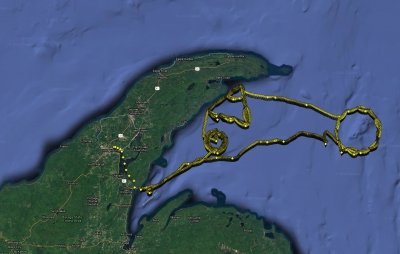
A map of the Keweenaw Peninsula and Lake Superior depicts Camaro’s path of travel from Aug. 30 to Sept. 23. Image Credit: Jamey Anderson
Primary productivity is the process that forms the foundation of food webs in most ecosystems. In a cold, nutrient-poor lake such as Superior, it is a key — if not the key — contribution. Camaro did not transmit data during its voyage to save on battery, but GLRC staff recovered the data when they pulled the glider out of the water.
“The most important lesson we learned while piloting over the last few weeks is it really loves bad weather; the worse the conditions, high wind and waves, the better the vehicle holds its line and steers to its next waypoint,” said Jamey Anderson, GLRC assistant director and head of marine operations. “While it was happily doing triangles near Bete Gris last week, two 700-foot lake freighters were anchored in the bay, hiding from the bad weather and big waves. That is the glider’s strength, to be out collecting data when no one else can or would want to be.”
This ease of longitudinal data collection in conditions that can be dangerous to humans likely means we will see an increasing number of autonomous vehicles gliding through the Great Lakes.
Michigan Technological University is an R1 public research university founded in 1885 in Houghton, and is home to nearly 7,500 students from more than 60 countries around the world. Consistently ranked among the best universities in the country for return on investment, Michigan's flagship technological university offers more than 185 undergraduate and graduate degree programs in science and technology, engineering, computing, forestry, business, health professions, humanities, mathematics, social sciences, and the arts. The rural campus is situated just miles from Lake Superior in Michigan's Upper Peninsula, offering year-round opportunities for outdoor adventure.
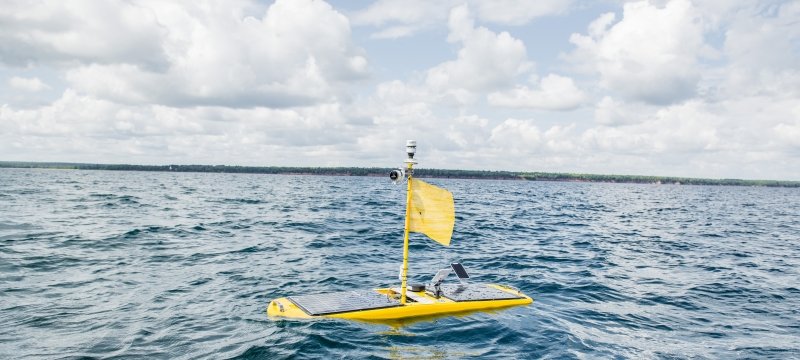
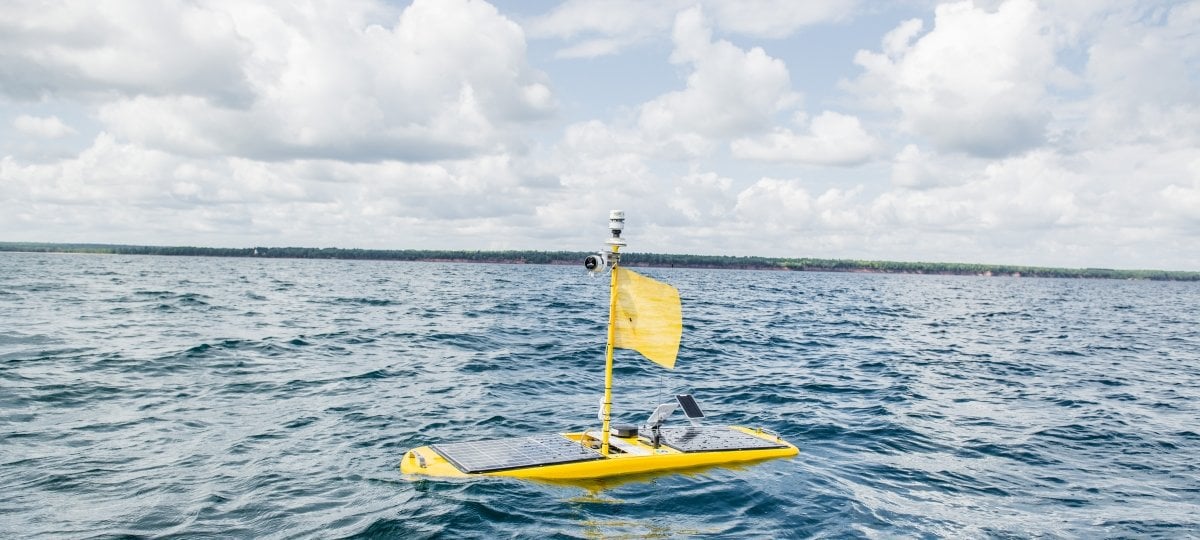
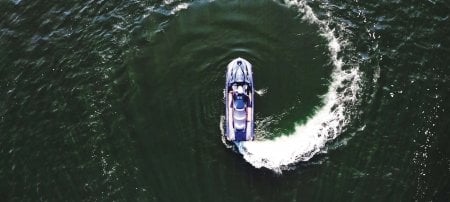


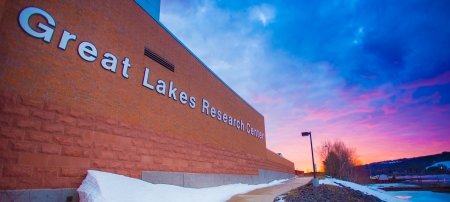
Comments